TABLE OF CONTENTS
Picking the right motherboard can be an ordeal, especially when there are only subtle differences between products.
Now that we do recommend Intel’s Raptor Lake CPUs for a variety of workloads, it’s important to recommend a solid platform for your workstation or gaming PC. Let’s examine a few LGA1700 motherboards that feature their high-end Z690 and Z790 chipsets across all price tiers.
If you’re looking for more general advice, here’s our extensive motherboard buying guide for 2022 with all the knowledge you need to buy your next motherboard.
Nonetheless, if you’re here for some motherboard recommendations for Intel’s newest Raptor Lake (13th Gen) Processors, here you go!
| Recommendation Type | Motherboard |
|---|---|
| CGDirector Best Value Picks for Creative Professionals | Gigabyte Z690 Aero D (EATX) Alternative: MSI MPG Z690 FORCE WIFI |
| Above $800 | ASUS ROG Maximus Z790 Extreme |
| $500 - $800 | MSI MEG Z690 ACE |
| Under $500 (& under $250) | MSI Pro Z690-A |
| Best with DDR4 | ASUS ROG STRIX Z790-A Gaming WIFI D4 |
Factors to Consider When Picking a Motherboard for 13th Gen Intel CPUs
Power Delivery Components
Although power draw has been a concern with Intel parts for a while (all-core workloads), motherboard manufacturers have more-or-less overbuilt their power delivery components (e.g. VRMs) to such a degree that this is no longer a concern.
That said, getting the most out of your hard-earned cash is paramount. So, even though ANY Z690/Z790 motherboard can easily handle even the top-tier Intel Core i9 13900K without holding it back, it’s still important to give it weight IF all other features and factors are identical.
PCIe Lane Layouts
Although quad-GPU setups might not be very viable anymore thanks to huge 3-slot GPUs that Nvidia and its partners keep launching, a decent PCIe layout will allow you to accommodate as many as possible without blocking off half the slots.
In the past, we’ve always preferred 2-slot width PCIe layouts. However, if you use that layout with these large modern GPUs, your graphics card in the first slot will end up obstructing the second slot – making it unusable.
If you want to opt for RTX 30-series and up, the first PCIe slot should at least have access to a width of 3.5 slots before the next slot.
Z790 vs. Z690: What’s the Better Pick?
As is customary, Intel supports two generations of processors on the same socket. So, the Z790 and Z690 chipsets support 12th and 13th Generation CPUs. But before picking between these chipsets, let’s find out how they stack up against each other:
| Z790 | Z690 | |
|---|---|---|
| Socket | LGA1700 | LGA1700 |
| Memory Support | DDR5-5600B; DDR4-3200 | DDR5-4800B; DDR4-3200 |
| CPU PCIe Lanes (PCIe Gen) | 16 (5.0) + 4 (4.0) | 16 (5.0) + 4 (4.0) |
| Chipset PCIe Lanes (PCIe Gen) | 20 (4.0) + 8 (3.0) | 12 (4.0) + 16 (3.0) |
| DMI Lanes (PCIe Gen) | 8 (4.0) | 8 (4.0) |
| Intel Optane Support | No | Yes |
| PCIe Bifurcation | X16 or x8/x8 or x8/x8/x4 | X16 or x8/x8 or x8/x8/x4 |
| Max USB 3.2 Gen 2x2 (20 Gbps) Ports | 5 | 4 |
As you can see from the differences between Z790 and Z690, there aren’t too many. I mean, you have to squint to find a few.
To sum up, you lose a feature (Intel Optane support), lose 8 PCIe 3.0 lanes, and gain 8 PCIe 4.0 lanes when hopping to Z790 from Z690. If there ever was a new chipset that screamed ‘meh,’ this is it.
That said, this could be a boon for new buyers! Thanks to the newer chipset offering nearly identical features, we gain access to a broader selection of motherboards (and prices).
If you find the I/O capabilities of Z690 lacking for your work, I’d recommend checking out Z790 or looking into X670E and Ryzen options from AMD.
Note – Older stock of Z690 Motherboards might require a BIOS update for Intel 13th Gen CPU support. To make this easier, our list only includes boards that offer some form of CPU-less BIOS updates.
Prices: How Much Should You Spend?
Of late, motherboard prices have become…interesting. I still remember when even we used to scoff at a $600 motherboard as overpriced for Pro workloads. It’s a different world now, unfortunately.
With PCIe 5.0 and DDR5 signaling requirements and inflation driving prices sky-high, a $600 motherboard isn’t anywhere close to top-tier today (you’ll find those at around the $1200 mark!)
So, what is a reasonable amount of money to spend on a ‘next-gen’ motherboard?
I’d say the sweet spot for motherboards to handle professional workloads and hardware setups would sit between $250 – $450 (gamers should probably set a max budget of $350).
However, we’ll still give you the best options at a few popular price points because some creators might need access to features available only on higher-priced models.
Best LGA1700 (Z690 and Z790) Motherboards for 13th Gen Intel CPUs
Before diving into the list, here are our two recommended motherboards for high-end workstations:
CGDirector Best Value Picks for Creative Professionals
Gigabyte Z690 Aero D (EATX)
With an MSRP of $349, this Gigabyte motherboard squeezes in many features you wouldn’t see unless you’re shopping at around $500.
As of writing, the Z690 Aero D from Gigabyte is an excellent value-focused motherboard to offer an x8/x8 PCIe 5.0 lane split for its first two slots. The third PCIe x16 slot is a tad slower, with bandwidth limited to x4 PCIe 3.0. But this isn’t too much of a problem if you’re only looking to use only two slots anyway. And yes, the first two slots leave enough space for even a gigantic RTX 4090 if you feel like stacking 2 of them.
From a networking standpoint, the Z690 Aero D doesn’t leave you wanting more. You get 10G & 2.5G Dual LAN and Wi-Fi 6E support for the fastest wired and wireless experience possible.
The number of USB-A ports on the rear I/O might be a bit disappointing, but having access to several high-speed USB ports and a Thunderbolt 4 port means you can easily expand connectivity with a hub.
Now, while the Gigabyte Z690 Aero D does offer built-in Thunderbolt 4 support, it comes with a caveat. The number of Thunderbolt devices you can use will depend on the number of installed PCIe devices. It’s this sort of compromise that the additional bandwidth on Z790 could help alleviate.
Compared to pricier options, the Gigabyte Z690 Aero D offers fewer M.2 slots (a total of 4; one SATA M.2 capable), which is pretty understandable. If you want to connect more than four high-speed NVMe devices, you can sacrifice a couple of PCIe slots for an add-in expander card.
Creative professionals who want a good motherboard for a workstation setup built around the 13th Gen Intel CPU lineup would do quite well with the Gigabyte Z690 Aero D motherboard. Alternatively, if you’re a professional who needs a decent amount of I/O, GPU power, and CPU power, even you can’t go amiss with the Z690 Aero D.
Excellent Alternative Value Option: MSI MPG Z690 FORCE WIFI Motherboard
Best Z690 or Z790 Motherboard above $800
Before we start with this category, I must stress that the $800+ bracket is for professionals who want something very specific in a motherboard. If you’re not sure whether you need a top-tier motherboard or a particular feature for your work, you probably don’t.
In this category, I’ll give more weight to motherboards that offer a decent set of features for a reasonable (relatively) price.
ASUS ROG Maximus Z790 Extreme
If you’re shopping in this price range, I’d pick the ASUS ROG MAXIMUS Z790 Extreme. Don’t get me wrong; it’s not ‘reasonable’ by any stretch of the imagination. But it does offer best-in-class, well, everything.
Although MSI’s GODLIKE goes even beyond this price point, I see no feature/reason good enough to recommend it over the Maximus unless you need more high-speed storage slots.
At first glance, you might be disappointed by only two full-length PCIe slots. But if you account for the monstrous graphics cards in the market, it makes sense. You can run at least two GPUs without physically blocking slots or feeding warm air into the intake of another one.
The x16 PCIe slots also offer an x8/x8 PCIe 5.0 split when they’re both populated – allowing you to run two next-gen products without any performance compromises.
The ASUS ROG Maximus Z790 Extreme motherboard also comes equipped with 5 M.2 slots and 6 SATA ports. One high-speed PCIe 5.0 NVMe slot shares bandwidth with the second PCIe x16 slot on the board. So, you can only use one or the other here.
From a networking standpoint, you should be all set. While you gain access to dual LAN (10Gbe and 2.5Gbe) on the wired side, you can enjoy built-in Wi-Fi 6E – the newest wireless standard. Of course, you need to have gateway-side (or ISP-side in some scenarios) support for these technologies to leverage them.
It’s nearly impossible to make a top-tier motherboard without proper Thunderbolt 4 support. So, it’s good to see that ASUS has included a built-in Thunderbolt 4 port (rear) and a header for a front-panel connection.
The number of USB-A ports on the rear I/O is way too low for my liking, but it does offer 3 USB Type-C ports to make up for it (1 is Thunderbolt 4). So, if you’re open to using docks, you’ll have no issues with peripherals.
Best Z690 or Z790 Motherboard Under $800 (Above $500)
If you’re on the hunt for something more premium than the average motherboard, but don’t feel like dropping a grand on a motherboard, the $500 price point should do it. But I should reiterate – unless you’re looking for specific features, save your money and stick to our value recommendations.
MSI MEG Z690 ACE
The MEG Z690 ACE from MSI, at around the $500 mark, is an excellent option for those who want at least 3 PCIe x16 slots. Although you could also opt for Gigabyte’s newer Z790 Aorus Master at the same price, the Z690 ACE edges it out with a superior PCIe lane split of x8/x8 vs. x16/x4.
That said, if you only want to run a single graphics card and plan to use an add-in card on the second slot, the x16/x4 PCIe lane split would be a better call. In this case, go for the Z790 Aorus Master.
If you populate all PCIe x16 slots, you can enjoy a lane distribution of x8/x8 PCIe 5.0 on the first two slots, while the third slot through the chipset stays at PCIe 4.0 x4. Do note that one M.2 slot and the third PCIe slot share bandwidth, so installing devices in both will drop the bandwidth of the PCIe slot to x1, and the M.2 slot drops to x2.
However, there is an issue with the board that could be a deal-breaker for those looking to build powerful render nodes. The first two PCIe slots sit exactly three slots apart, and the second and third sit two slots apart. You’ll struggle to fit more than one of the 3.5 and 4-slot monstrosities that have become the norm lately.
Thankfully, built-in Thunderbolt 4 is still included at the $500 mark, even if this price point is no longer considered ‘top-tier.’ If you want a motherboard with built-in Thunderbolt (without needing an Add-in card), I’d recommend the Z690 ACE.
The Z690 ACE boasts 5 M.2 slots on the board, with SATA M.2 support on 1 of them. You’ll also find Wi-Fi 6E support for the newest, most stable wireless experience and dual 2.5 Gigabit LAN for excellent wired connectivity.
On a sidenote, if you need access to 10G LAN at this price, (again) grab the Gigabyte Z790 AORUS MASTER instead. Yes, you do miss out on x8/x8 bifurcation, but it’s only important when you regularly work with large scenes AND run multiple GPUs.
Best Budget Z690 or Z790 Motherboard Below $250
Although you can find quite a few motherboards between the $500 and $250 price points, I don’t think anything outside our best value picks make any sense. Nonetheless, if you do want something in this price range, I’d recommend sticking to our Best Value picks. But ideally, most 13th and 12th Gen CPU buyers should be shopping in the < $250 segment.
MSI Pro Z690-A
Somehow, there are very few Z 600 or 700-series motherboards that cost less than $250. Thankfully, MSI’s Pro Z690-A motherboard manages to hang on to its reputation of offering tremendous value for money for any Intel CPU.
While the Pro Z690-A motherboard can handle even the Core i9 13900K without holding it back, I’d only recommend this board if you’re looking for a straightforward entry into the platform without any specific requirements. The VRMs are beefy enough to handle the entire 12th and 13th Gen Intel processor stack, and unless you’re super into overclocking, it’ll be able to tame even Intel’s best with ease.
Even for a ‘budget’ motherboard, the MSI Pro Z690-A doesn’t cut away too much, wrt. features. You still get 4 high-speed M.2 slots, 8 rear USB ports (1x Type-C), and 6 SATA ports. MSI also hasn’t skimped on the networking with support for 2.5 GbE LAN. Wi-Fi is missing on this particular model, but there are Pro Z690-A variants that offer DDR4, DDR5, and Wi-Fi.
It does offer BIOS Flashback, which will allow 13th Gen buyers to perform a CPU-less BIOS update to a version that adds support for Raptor Lake.
Best Z690 or Z790 Motherboard with DDR4
ASUS ROG STRIX Z790-A Gaming WIFI D4 (ATX; DDR4)
Although I recommend creative professionals hop to DDR5 sooner rather than later, there are those who already have heavy investments in DDR4 memory and might want to continue using them. The ASUS ROG STRIX Z790-A Gaming WIFI D4 (these names are becoming a mouthful, ASUS… c’mon) offers a fairly well-rounded set of features at a relatively decent price.
Compared to a higher-end motherboard, you really aren’t missing out too much when going DDR4 and the ROG STRIX Z790-A Gaming Wi-Fi D4 if you’re targeting a mainstream price point.
Frequently Asked Questions (FAQs)
What About B660 Motherboards?
Well, in my opinion, the existence of a couple of decent Z690 options negates the need to consider B660 for most professionals. However, if you want a more premium motherboard with lower available bandwidth, then B660 is a viable choice.
I’ll cover these mainstream motherboards in a separate article once manufacturers announce details about B760 motherboards.
Why Not Just Use DDR4?
If you’re building a brand-new system, the premium for DDR5 isn’t abnormally high anymore. Yes, you don’t get access to the fastest DDR5 kits on the market at those lower price points, but a decent kit can still match the performance of DDR4. What’s more, if you’re using memory bandwidth-intensive applications for work, you’ll see a non-trivial improvement in speed.
What DDR5 RAM Should I Get for Raptor Lake?
You can find several the best deals on our DDR5 recommendations in the CGDirector PC Builder. Pick the 3D modeling workload, and set the budget above $1700.
Over to you
That’s about it from me! Which Motherboard are you considering? Let me know in the comments or ask us anything in our forum!
![Best Z690 & Z790 Motherboards for Intel CPUs [13900K, 13700K, 13600K, 12900K] Best Z690 & Z790 Motherboards for Intel CPUs [13900K, 13700K, 13600K, 12900K]](https://www.cgdirector.com/wp-content/uploads/media/2022/12/Best-z690-and-z790-Motherboards-for-Intel-CPUs-Twitter-1200x675.jpg)
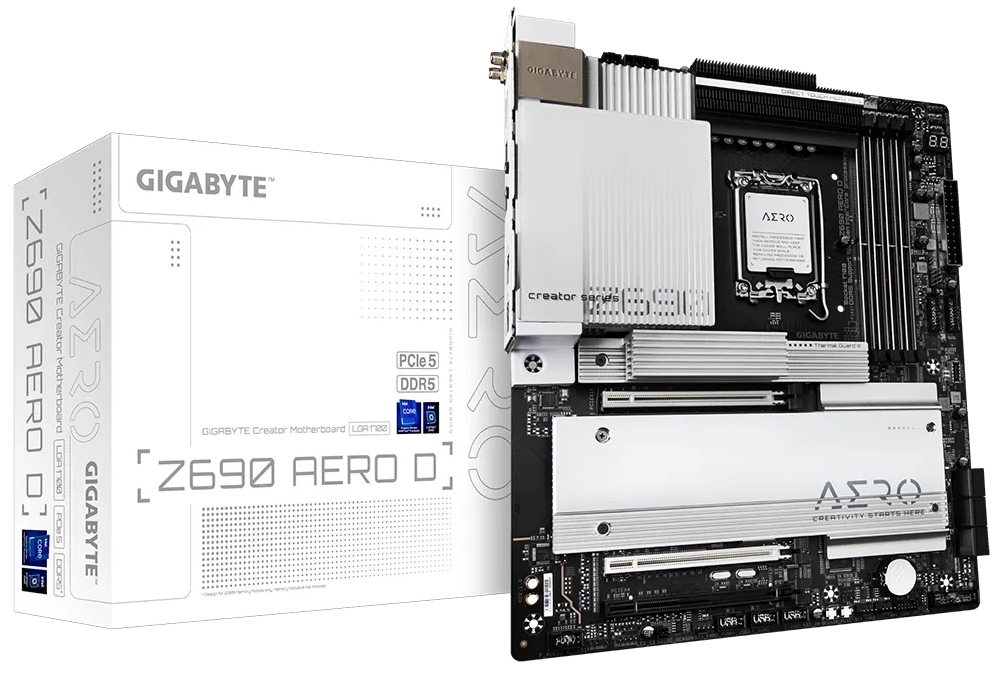
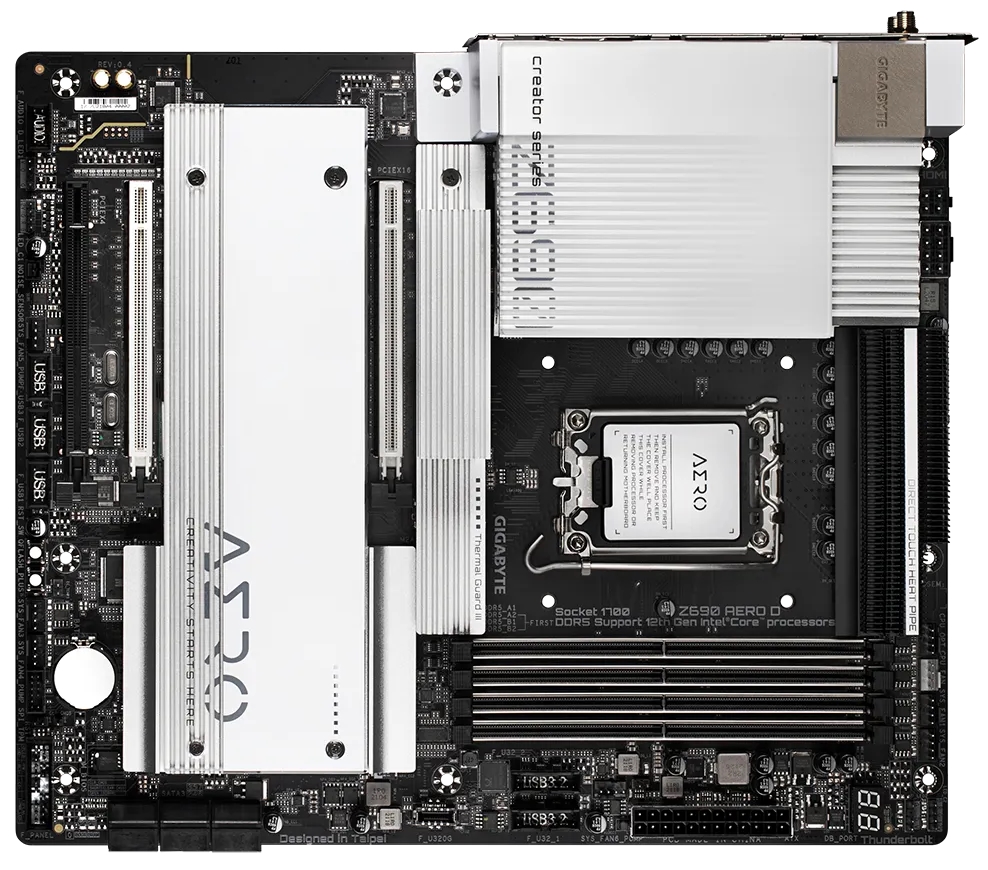
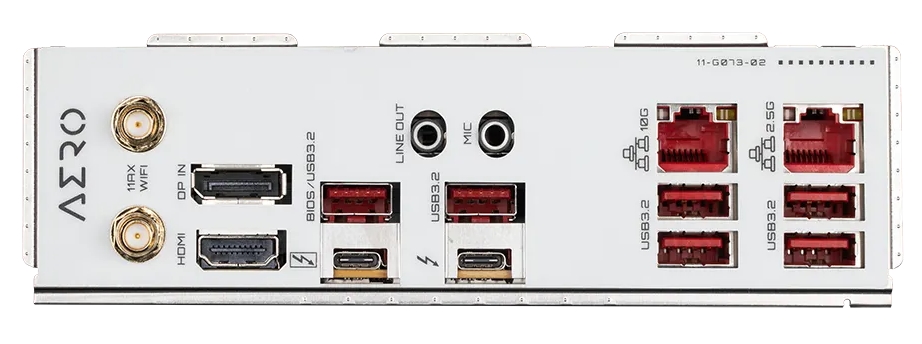
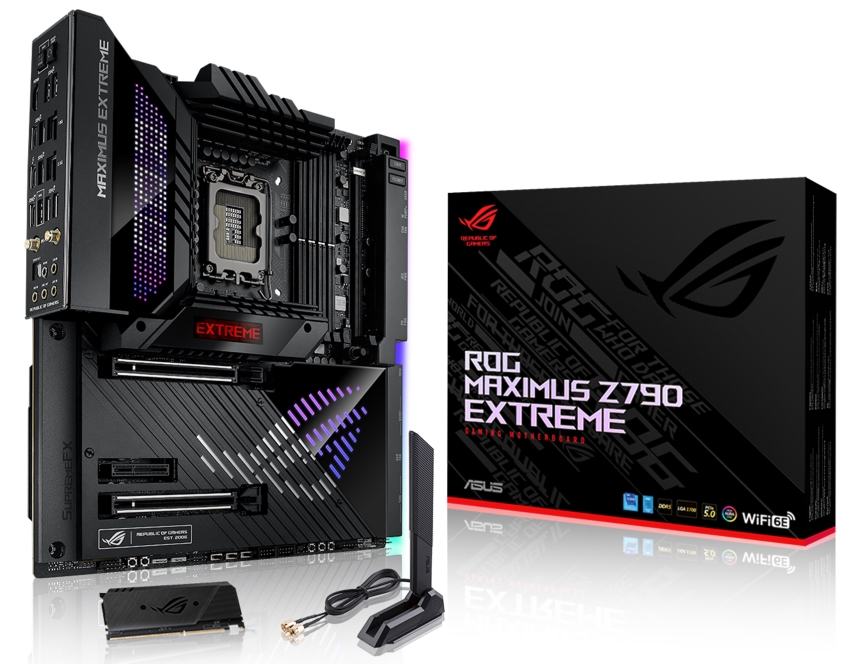

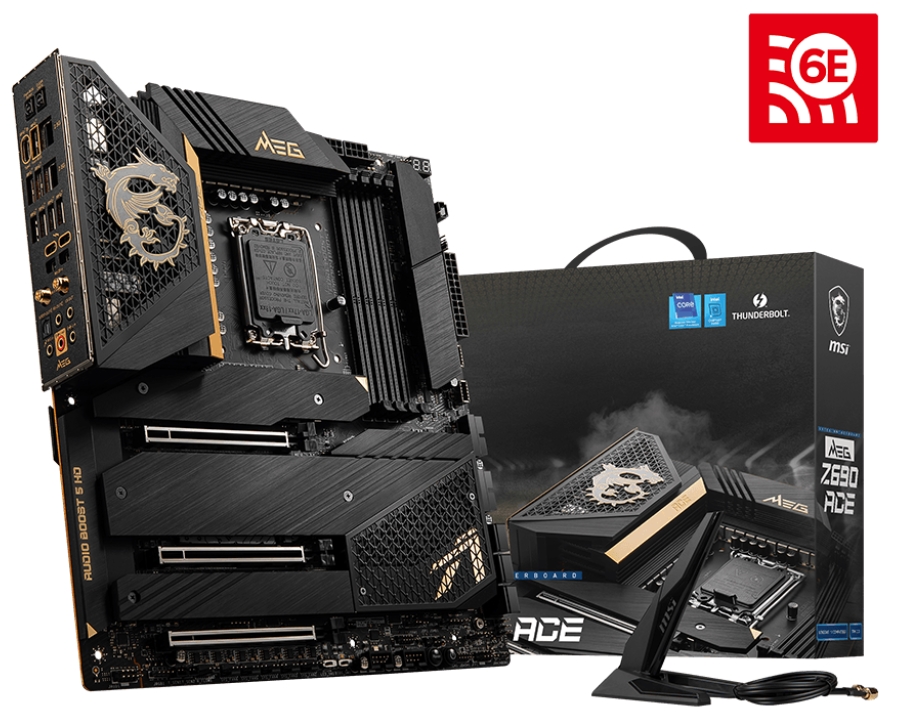

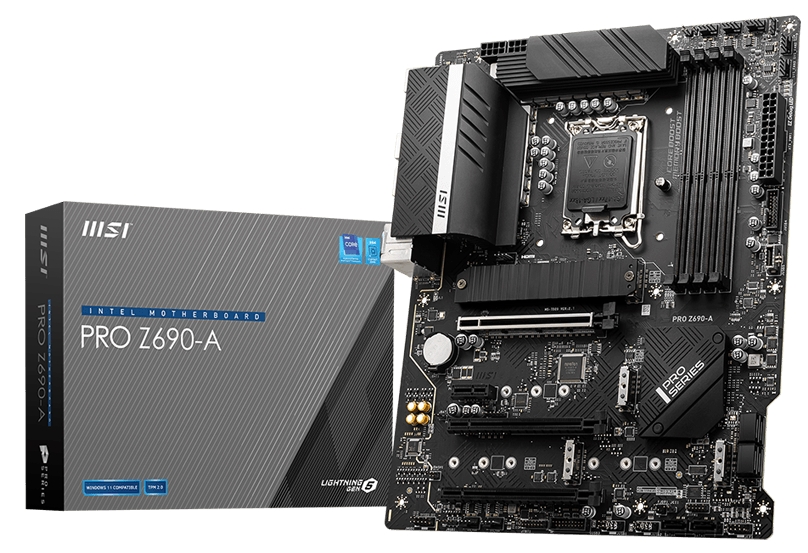

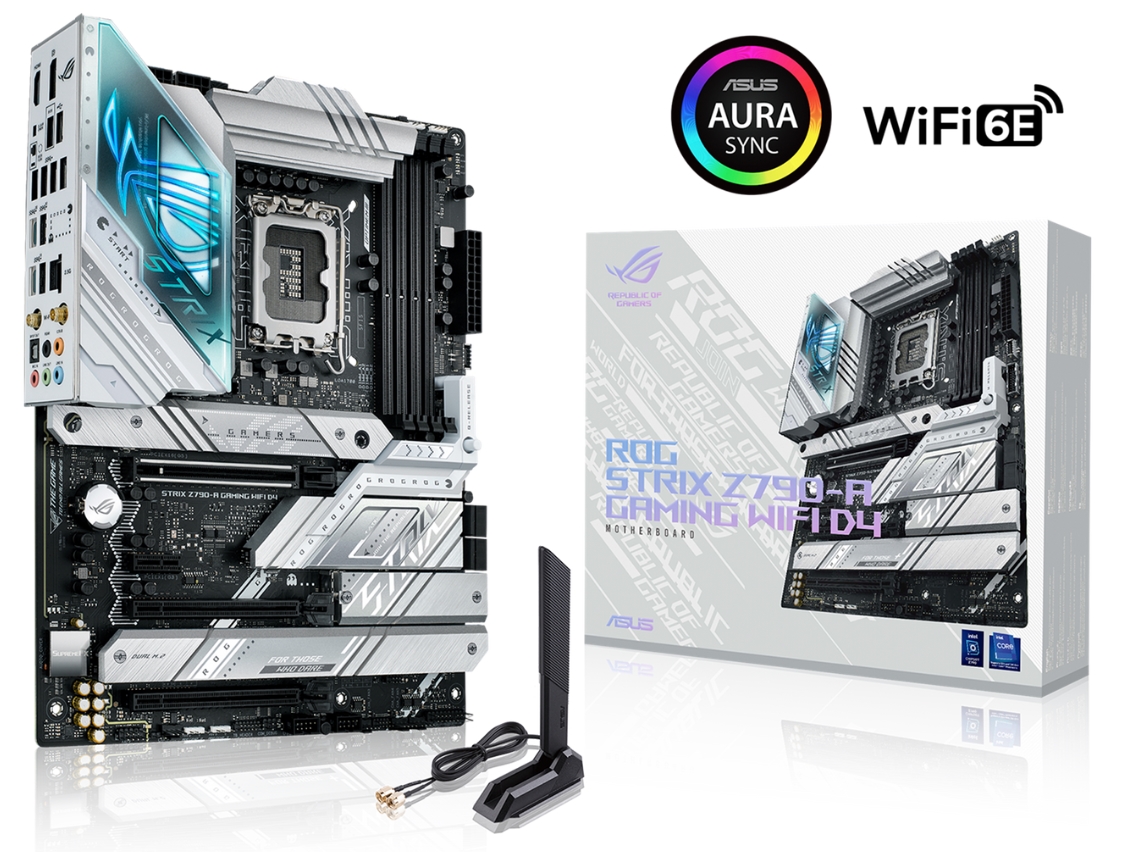
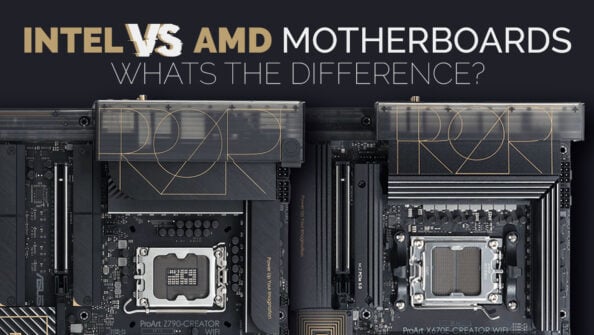
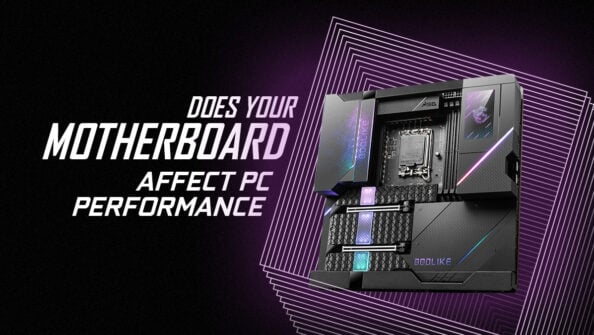
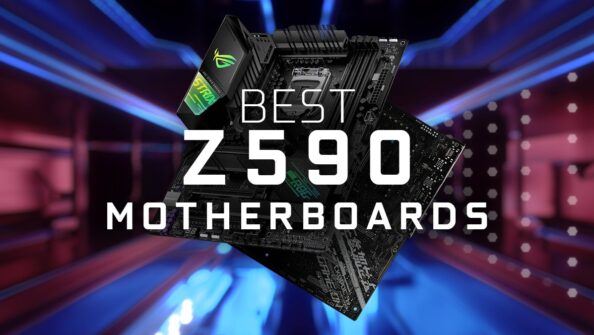
![Best Motherboards for i9 9900k, i7 9700k [Intel 9th Gen CPUs] Best Motherboards for i9 9900k, i7 9700k [Intel 9th Gen CPUs]](https://www.cgdirector.com/wp-content/uploads/media/2019/11/BestMotherboards-Twitter_1200x675-594x335.jpg)

2 Comments
14 May, 2023
Just do a YouTube search on ASUS motherboards and you will see there are many problems found by users. A bad bios update with overvoltage problems. see https://www.youtube.com/watch?v=cbGfc-JBxlY&t=733s
15 May, 2023
Hey John, as far as I’m aware, these issues are limited to Ryzen 7000X3D CPUs. Here’s an excerpt from our upcoming article:
“Just in case you aren’t aware, many users with Ryzen 7000 X3D (7800X3D, etc.) CPUs reported sudden deaths of their processors. Steve, from Gamers Nexus, has covered this issue in significant detail in their video.
Long story short – High SOC (System-on-Chip) voltage and a lack of a safe OCP (Over Current Protection) trip point seem to be the culprits (especially on ASUS motherboards). Understandably, this has users spooked.
For workstations, this shouldn’t be too much of an issue as we don’t recommend the X3D chips for professional tasks.
ASUS has decided to take a very strange approach to dealing with this issue. While other manufacturers quickly pushed BIOS updates that fixed the issue, ASUS pushed ‘beta’ BIOS updates that didn’t fix anything.
That’s not all, though. They added insult to injury and added a blurb about the use of Beta BIOS not being covered under warranty.
So…if you want to avoid frying your CPU, don’t stay on the old BIOS. But don’t update to the Beta BIOS either? I have no clue what they’re doing over there, but they better figure it out sooner than later.
This might be miscommunication, but we can’t be sure until ASUS officially responds.
But if you are using/planning to use a Ryzen 7000 X3D chip, I’d give ASUS motherboards a wide berth until they handle whatever issues are plaguing their BIOS teams. Regular Ryzen 7000 CPU users have nothing to worry about as of now.”
PS. I feel like the issue is getting blown out of proportion. The legalese on the Beta BIOS seems like a standard addition to any beta, and the wording seems to suggest no implied warranty on the BIOS itself, and doesn’t affect the product warranty in any way.
Cheers!
Jerry